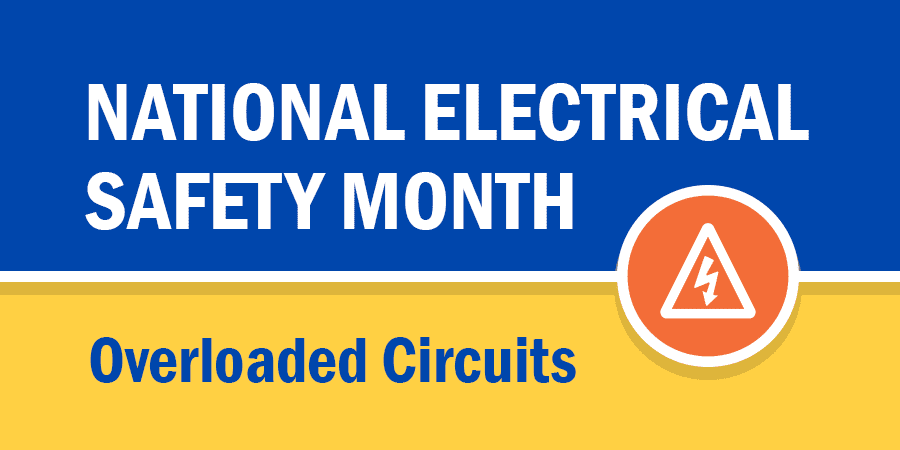
Did you know that 47,700 home fires in the U.S. are caused by electrical failures or malfunctions each year? From an outlet with too many plugs (remember that one scene in Christmas Vacation?) to a major appliance plugged into a power strip, overloaded circuits in your home can be dangerous.
Here are a few symptoms of an overloaded circuit:
- Flickering, blinking or dimming lights
- Blown fuses
- Warm or discolored wall plates
- Cracking, sizzling or buzzing from outlets
- Burning odor coming from wall switches
- Mild shock or tingle from appliances or switches
Thankfully, the Electrical Safety Foundation International has tips on how to prevent overloaded circuits, possibly reducing the risk of injury or property loss:
- Never use extension cords or multi-outlet converters for appliances.
- All major appliances should be plugged directly into a wall outlet. Only plug one heat-producing appliance into a receptacle outlet at a time.
- A heavy reliance on extension cords is an indication that you have too few outlets for your needs. Be sure to have a qualified electrician inspect your home and add new outlets.
- Remember, power strips only add additional outlets; they do not change the amount of power being received from the outlet.
For more information on how to avoid overloading your home, visit www.esfi.org/resource/don-t-overload-your-home-545.